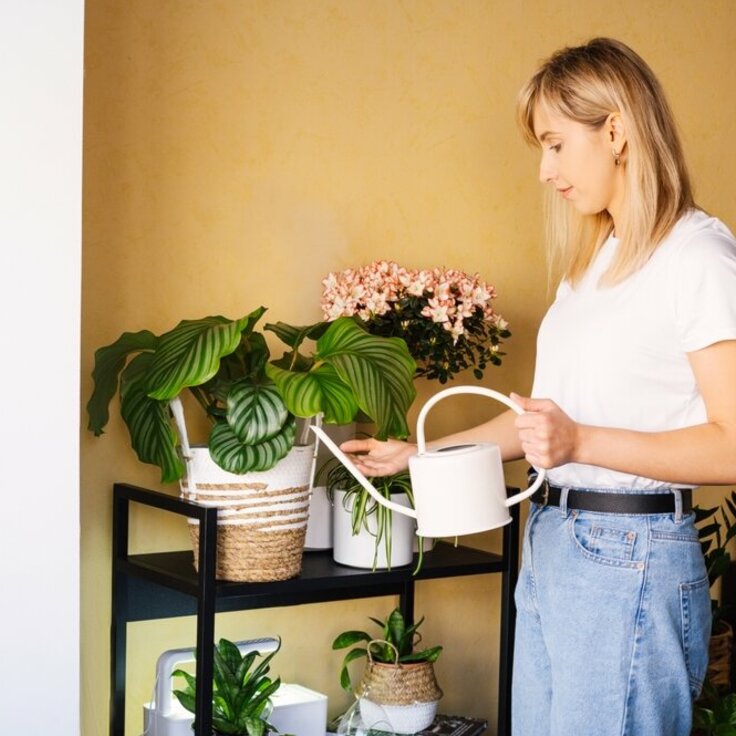Early Spring Color
It's been a winter for the record books in our region this year. Right now nothing seems quite so delightful -- and yet distant -- as spring flowers. Our appreciation of the earliest flowers is far out of proportion to their size. How we welcome those first spots of color in a bleak landscape!
Early Bulbs
One easy way to jump into the season is with early spring-flowering bulbs, such as winter aconite, snowdrops, Iris reticulata, snow crocus, and so on. These so-called minor bulbs are typically planted in the fall; they overwinter in the ground and then bloom early the following spring, often when the last of the snow is melting. If planted in a sunny, well-drained location and allowed to grow and ripen their foliage, they will return year after year in increasing numbers.
If you didn't plant any of these last fall, don't despair. Quite often they can be purchased in the spring, in pots, already in bud. Typically these forced bulbs work well as bouquets for close-up enjoyment and fade soon after you bring them home. Once the flowers are done, allow the foliage to continue growing until you can plant them in the garden. Often they will survive for you to enjoy for years to come.
Cool Annuals
Another option for easy, early flower power is to plant some of the cool-season annual bedding plants. These cool-weather lovers include pansies, violas, primroses, snapdragons, and dianthus. They, too, are sold in early spring in bud or in bloom. The plants should last into early summer or until the weather turns hotter than they like. Some will take a rest over the summer and then bloom again in the fall when the cool weather returns; some will simply swoon and expire of heat exhaustion.
With these early plantings, keep in mind that the spring soil is still pretty cold and can stress new plants. It seems that larger transplants take hold more quickly and thus outperform smaller seedlings. Since the flowering display will not last long, remember to also plan ahead for your summer color in that spot.
One smart way to use these spring annuals is in front of, or among, spring bulbs, so the growing annuals can conceal the drying bulb foliage. Or pot up these springtime favorites in cheerful containers by the front door where just a few plants can make a big visual impact. This keeps them convenient for watering, fertilizing, deadheading -- and enjoying!
Read more from The National Gardening Association.







